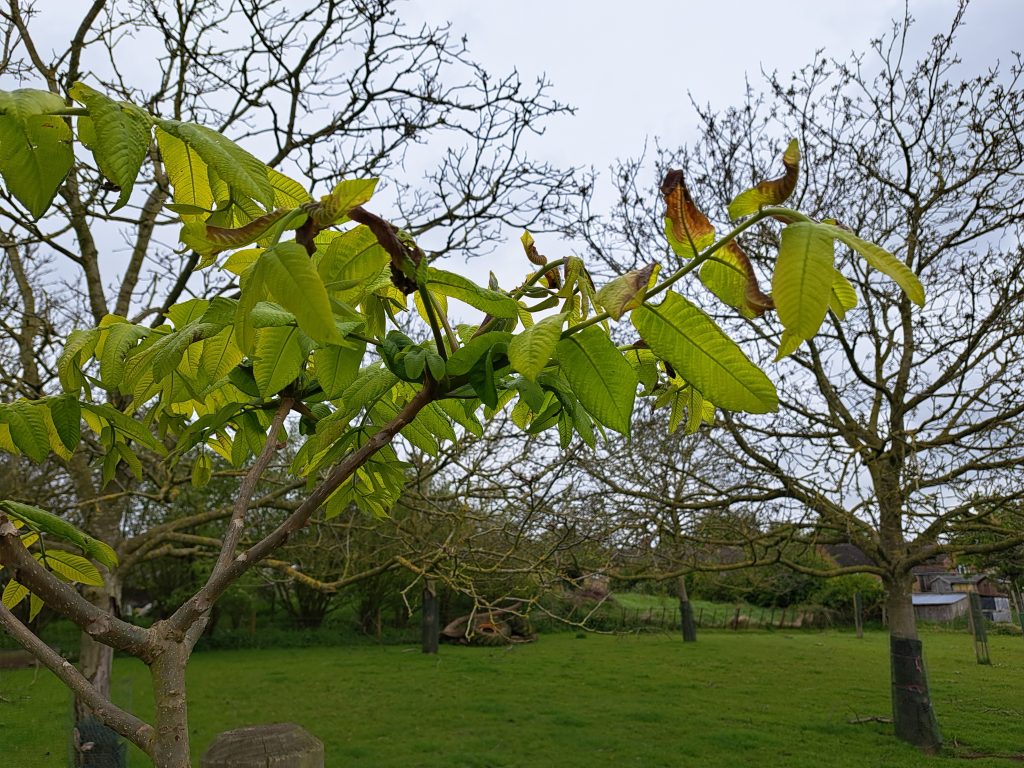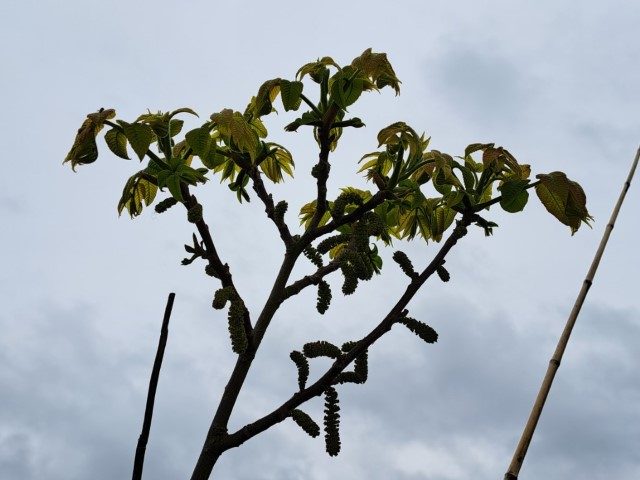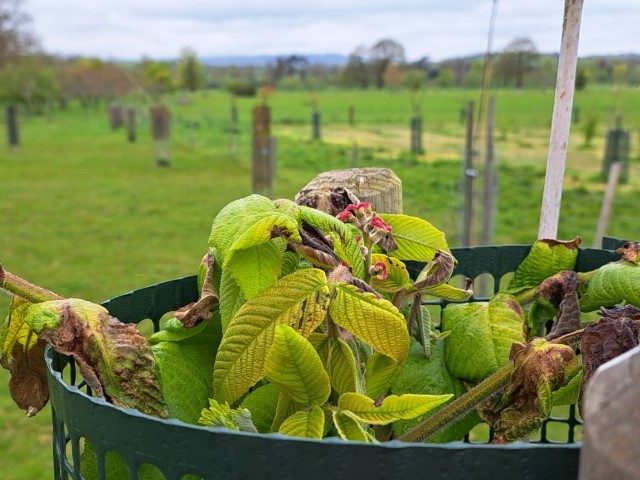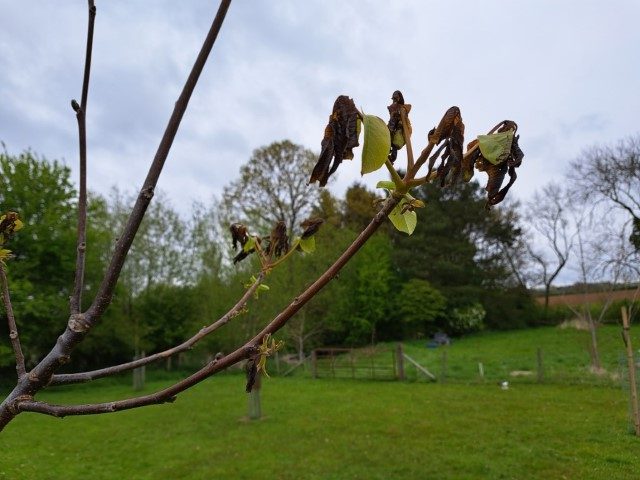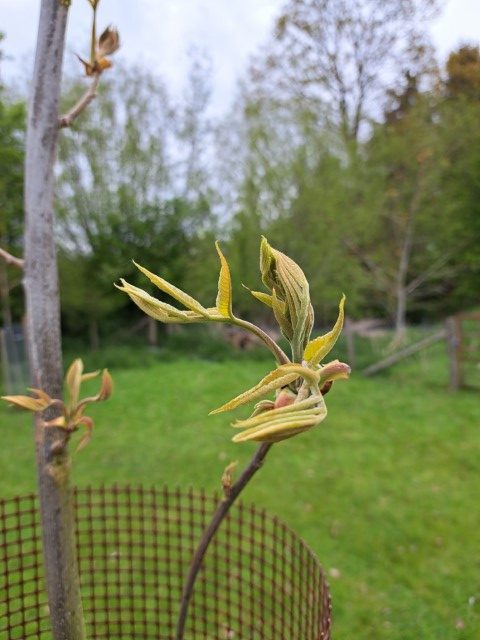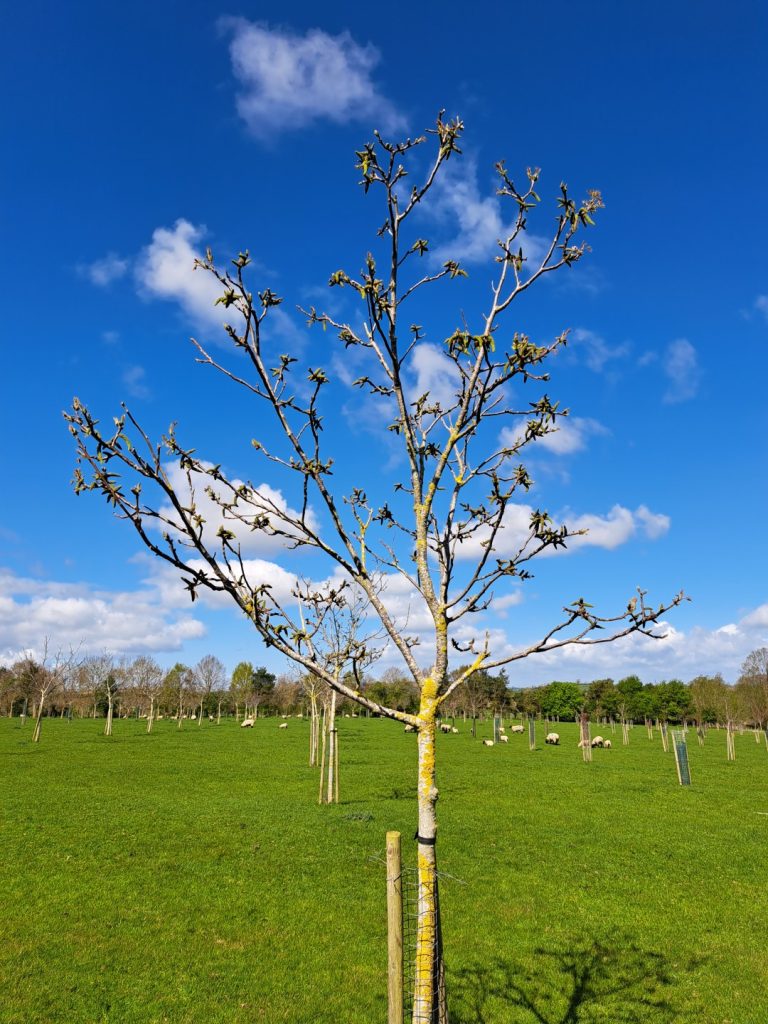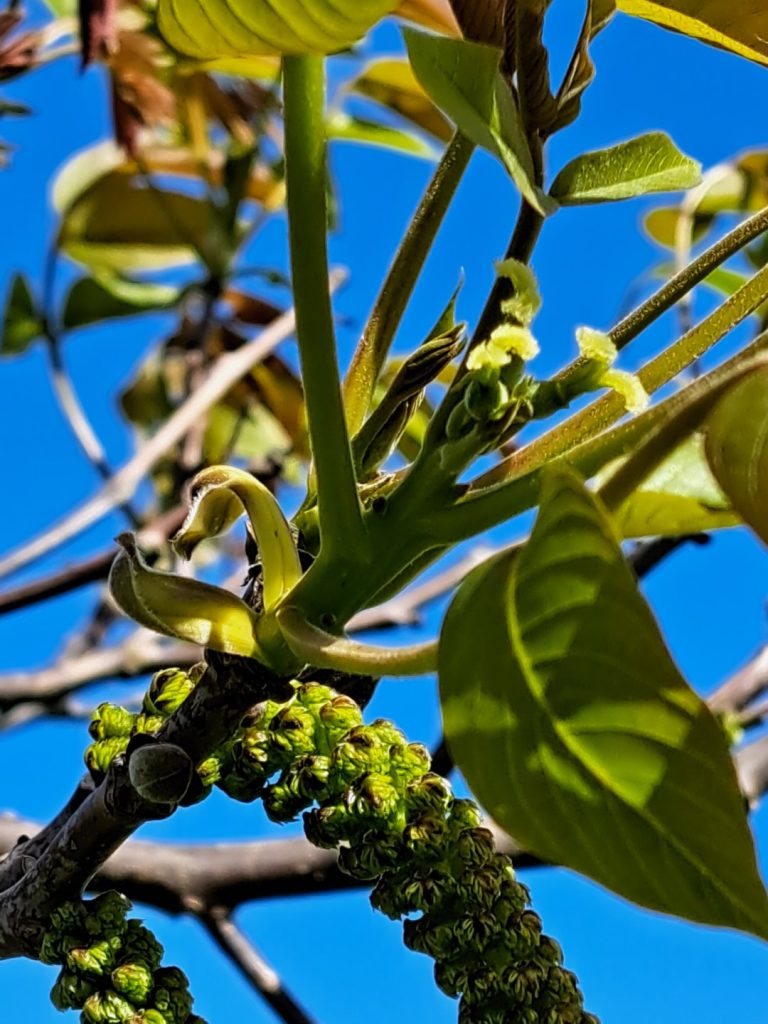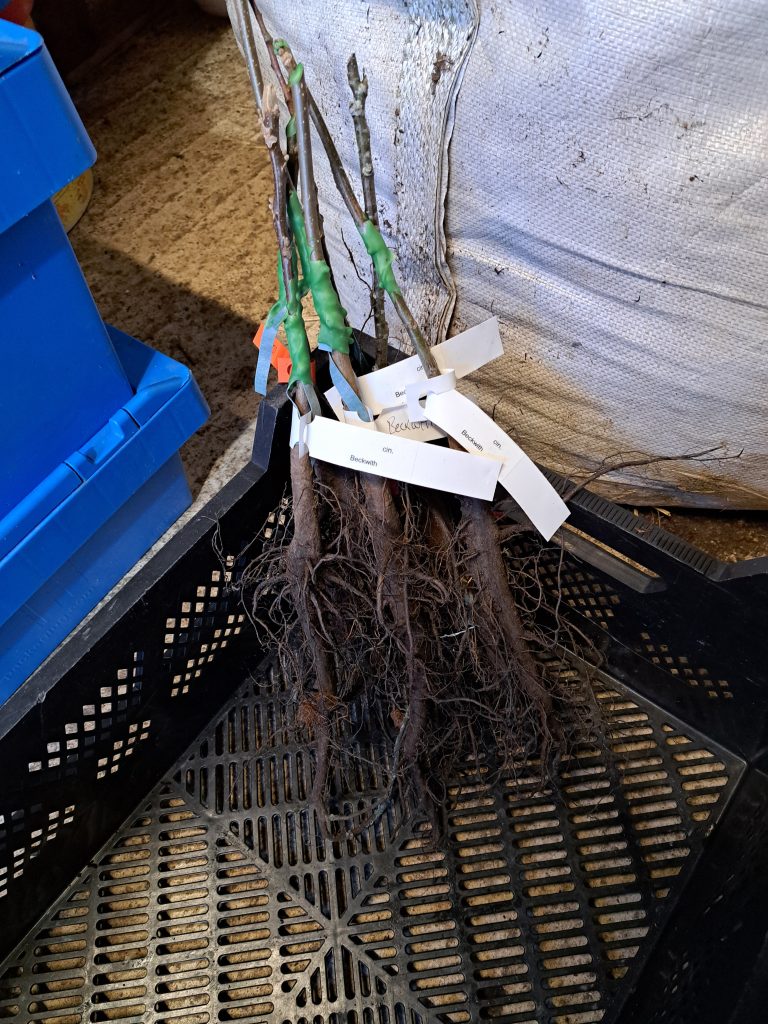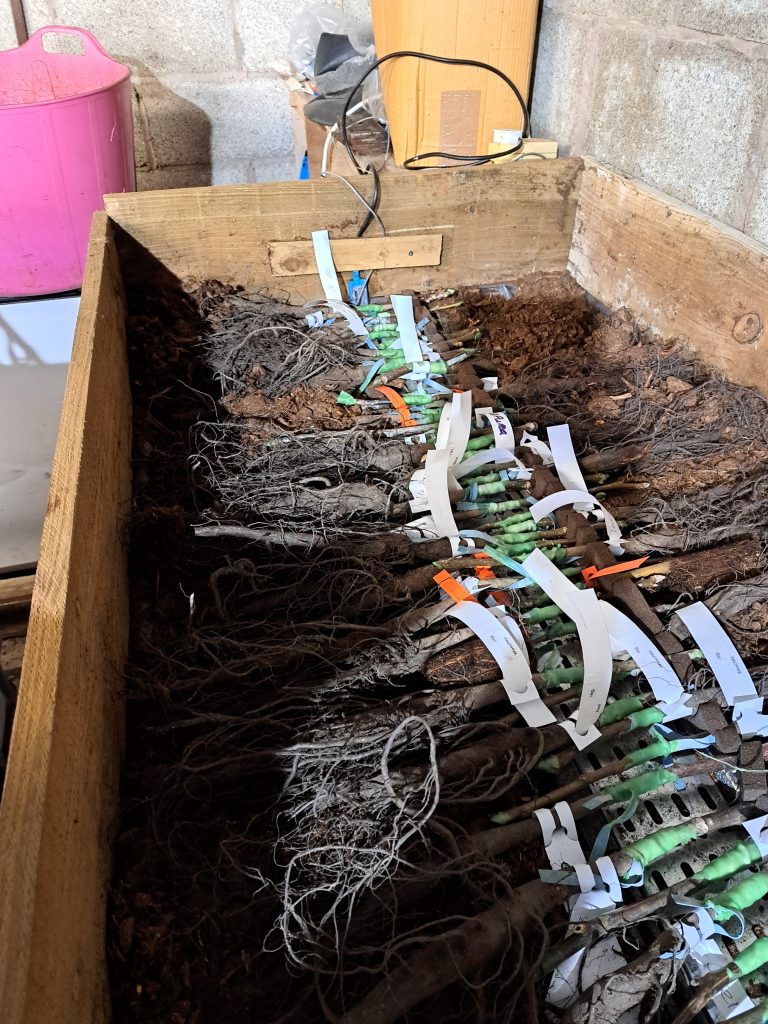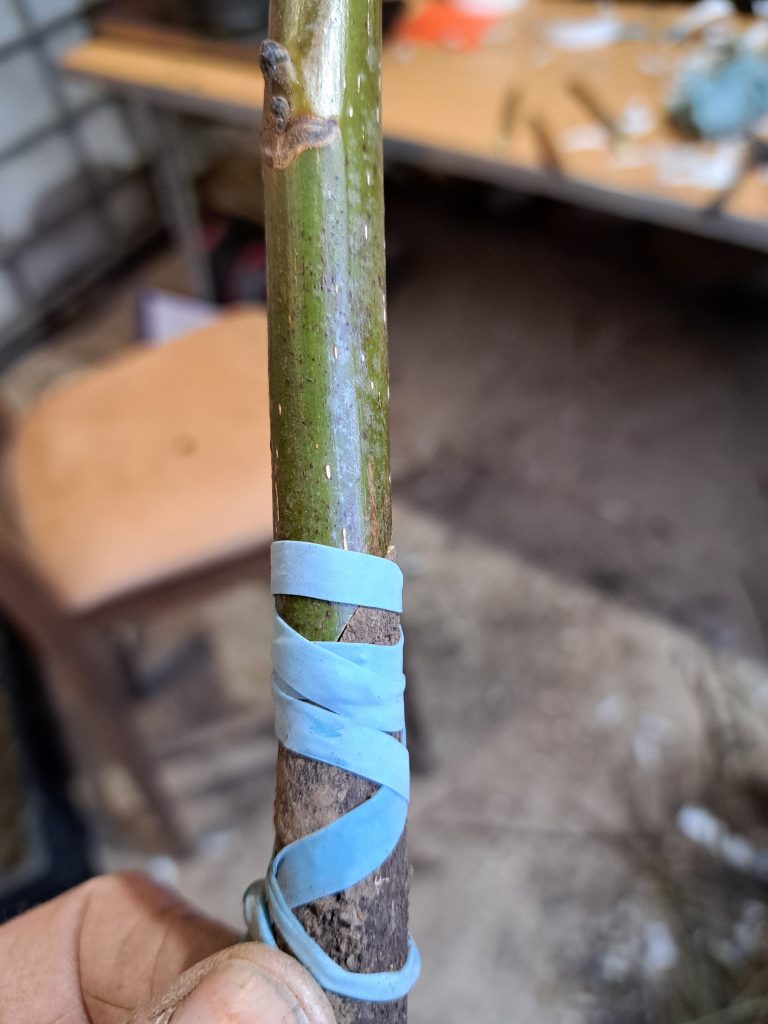Like many others we have been involved with the ELMS Agroforestry trials and kept an eye on the launch of the SFI Agroforestry schemes.
It seemed like it would be of real interest to those of us growing walnuts (and other fruit/nut crops) and provide a real helping hand to get these types of sustainable and profitable crops established.
It’s very disappointing for us that we seem to fall foul of the SFI Agroforestry data layer which was introduced at it’s introduction (Defra loves a map!). I don’t recall this ever being part of the discussion before but now we find all of our current orchards fall outside the Low Sensitivity Area, a field over it’s all roses. How this is calculated is beyond me as there are no discernable differences between literally one side of a road and the other?!
What it means for us is that as the BPS is phased out we have literally nothing to replace it with and despite all the best efforts made to do exactly what everyone keeps telling us do. ie. grow sustainably, sell local and improve the environment. If we fall foul of this how many other farmers find themselves in the same or worse situation.
There is talk of the future SFI Agroforestry schemes for medium/high density being introduced through CS and the possibility of applying then, we all thought CS was going to die a death but apparently not? Our experience of CS with woodland grants any many other aspects is a deeply frustrating one.
As things stand the Low tier payments decreased from what was discussed and the capital costs look uneven for trees compared to guarding for our type of application, I expect Medium and Higher tiers to follow suit, if they ever make the light of day.
Small farms can’t afford to pay Agents to fill out the forms and have to do it themselves and the process just gets more difficult, despite the promises that SFI would be a new dawn with simpler applications and more manageable processes. It’s debatable whether it’s worth all the effort for the small payments even if we were elligible, maybe we’re better off not getting involved and carry on independantly doing our own thing?
In summary it would be good to think that the current agroforestry layout will be subject to some common sense and reform but based on recent history maybe not. The recently reported DEFRA underspend and the apparent lack of understanding of agriculture from today’s politicians and government in general doesn’t inspire confidence.

